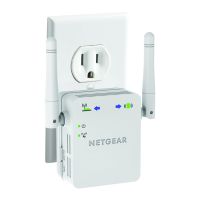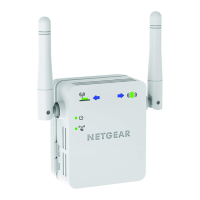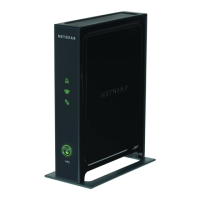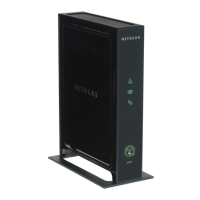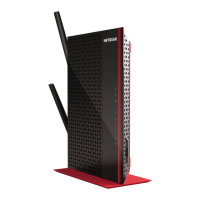Reference Manual for the 54 Mbps Wall-Plugged Wireless Range Extender WGX102
8-2 Advanced Configuration of the WGX102
September 2004 202-10042-01
Port Triggering opens an incoming port temporarily and does not require the server on the Internet
to track your IP address if it is changed by DHCP, for example. Port Triggering monitors outbound
traffic. When the range extender detects traffic on the specified outbound port, it remembers the IP
address of the computer that sent the data and triggers the incoming port. Incoming traffic on the
triggered port is then forwarded to the triggering computer.
Using the Port Triggering page, you can make local computers or servers available to the Internet
for different services (for example, FTP or HTTP), to play Internet games (like Quake III), or to
use Internet applications (like CUseeMe).
Port Forwarding is designed for FTP, Web Server or other server based services. Once port
forwarding is set up, requests from the Internet are forwarded to the proper server. On the contrary,
port triggering only allows request from Internet after a designated port is 'triggered'. Port
triggering applies to chat and Internet games.
Figure 8-1: Port Triggering menu
This table lists the current rules:
• Enable — indicates if the rule is enabled or disabled. Generally, there is no need to disable a
rule unless it interferes with some other function, such as Port Forwarding.
• Name — the name for this rule.
• Outgoing Ports — the port or port range for outgoing traffic. An outgoing connection using
one of these ports “Triggers” this rule.

